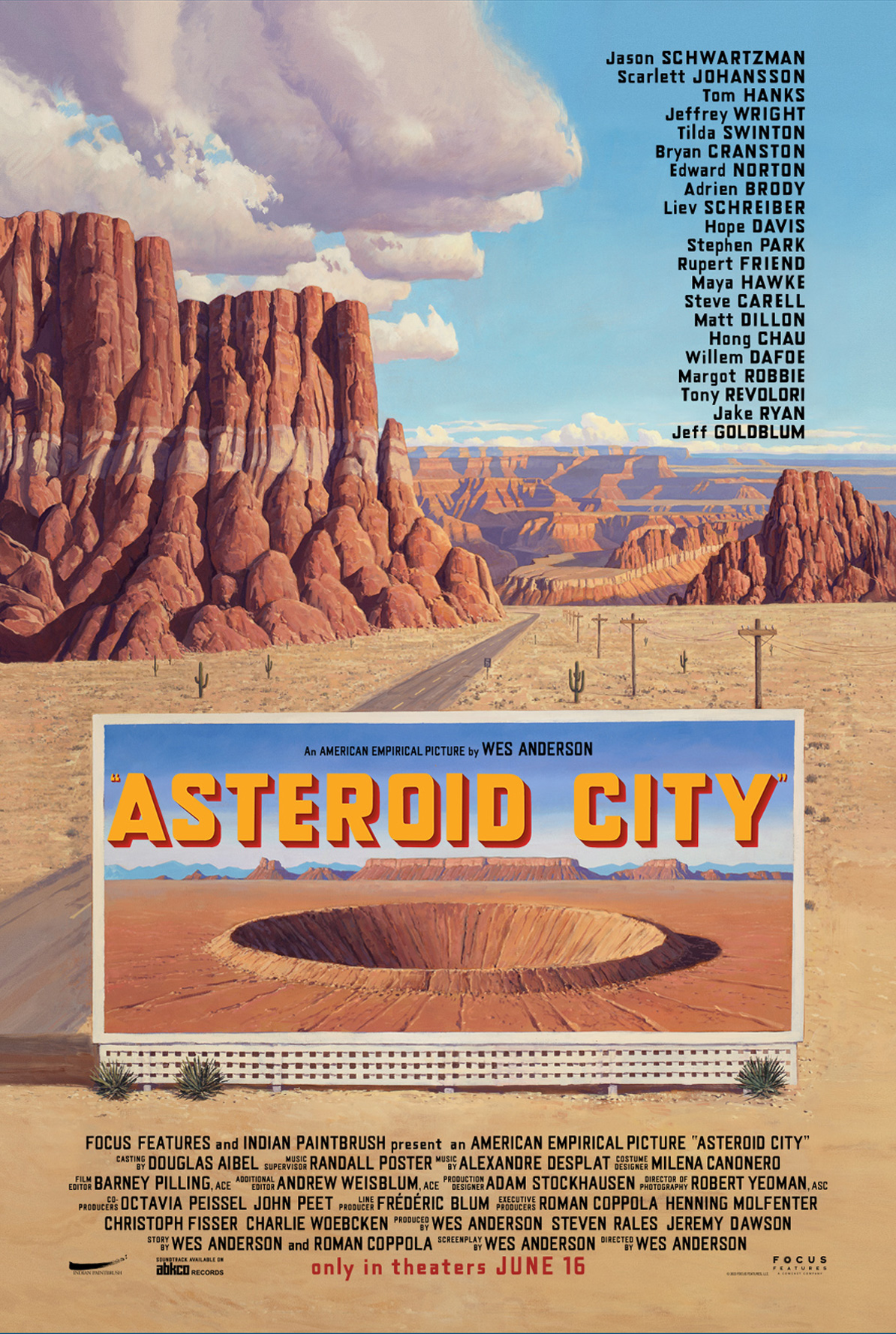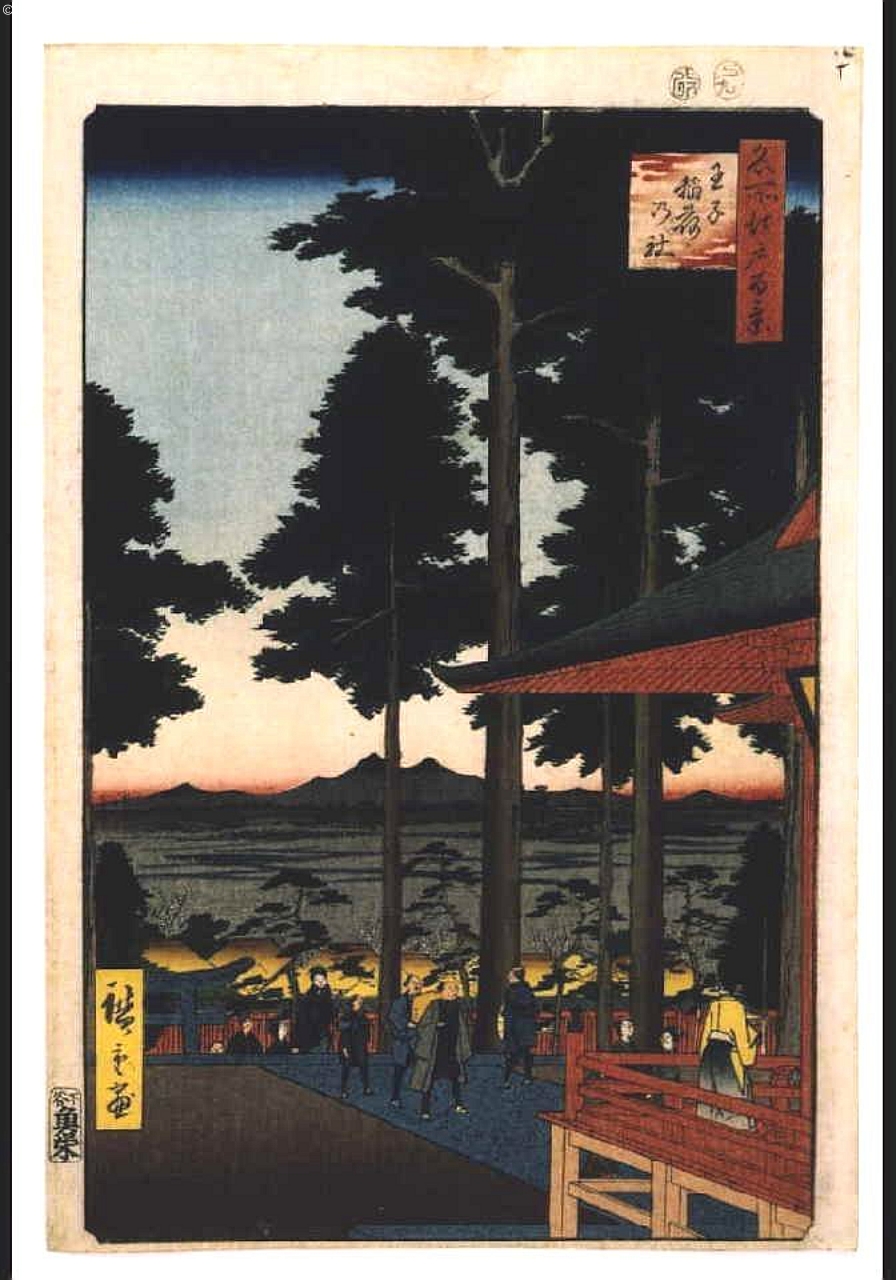Life imitates art, and by art, I mean, of course, The Simpsons. More than thirty years ago, the show took on the issue of censorship with a story in which Marge Simpson launches an impassioned campaign against cartoon violence, only to find herself on the other side of the fence when asked to support a protest against the exhibition of Michelangelo’s David. This episode returned to cultural relevance just last month, when a parent’s complaint about an image of that most renowned nude sculptures — indeed, that most renowned sculpture of any kind — being shown in a sixth-grade art-history class led to the firing of a Florida school principal.
It seems that the problem wasn’t just David: that same lesson included Botticelli’s painting The Birth of Venus, another glorification of the unclothed human body — and so much more besides, according to the Great Art Explained video about it previously featured here on Open Culture.
That same channel’s creator, gallerist James Payne, has also put out a video on David, which you can watch at the top of the post. Though commissioned as a depiction of the Goliath-slaying Biblical hero, Payne tells us, “in Michelangelo’s hands it becomes something else entirely,” a simultaneous study and expression of the potential of mankind.
David’s origin prefigured nothing of its legacy. Originally commissioned to decorate the Florence Cathedral (which already featured Brunelleschi’s ingenious dome), the sculpture had to be carved out of a much-less-than-pristine block of marble already owned by the institution, already missing chunks removed by sculptors who’d previously attempted the job. But to Michelangelo, as to all true artists, such limitations were the stuff of inspiration: the proportions of David’s body, and even his iconic pose, were ultimately dictated less by Michelangelo’s imagination than by the nature of the stone itself.
httvs://youtu.be/basNf0KaOrc
Michelangelo was also paying tribute to classical Greek and Roman sculpture, hence the statue’s nudity. But as Payne says, it is a myth that “Renaissance Europeans were comfortable with nude bodies in art, particularly when displayed in public.” Florence’s city fathers “had a garland of 28 gilded copper leaves made, to protect David’s modesty, and in later years he wore a fig leaf.” 2023 may not be the first of David’s 500 years of existence to subject him to alteration in order to protect the supposed sensitivities of his viewers, but never before, surely, has such an incident brought him on Saturday Night Live.
Related content:
Michelangelo’s David: The Fascinating Story Behind the Renaissance Marble Creation
New Video Shows What May Be Michelangelo’s Lost & Now Found Bronze Sculptures
What Made Botticelli’s The Birth of Venus a Revolutionary Painting
Based in Seoul, Colin Marshall writes and broadcasts on cities, language, and culture. His projects include the Substack newsletter Books on Cities, the book The Stateless City: a Walk through 21st-Century Los Angeles and the video series The City in Cinema. Follow him on Twitter at @colinmarshall or on Facebook.







